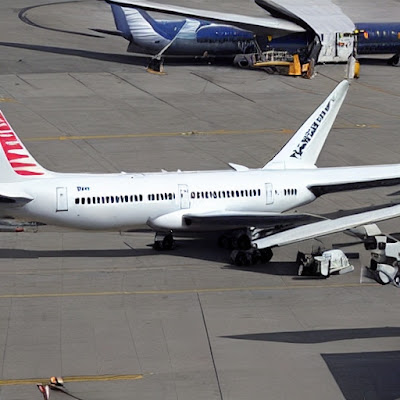Organization should have a clear policy outlining how they collect, use, store and protect personal information of individual. Policy; in this context; must be deemed as a legal statement not simply a written policy pasted on the wall. It must be something that inform users about their rights regarding their personal data.
Data Privacy should take into account :
a) Information collected - details on types of data collected from users/customers - such as names, email, addresses, phone numbers, addresses, even birthdays etc. As such any typical CRM system that collects such data MUST BE protected at the front office level or quality assurance level or public relation level (do not overlap one another)
Three examples :
i) if birthdays are revealed to third parties, it may pave to way to corruption. Or;
ii) like what's happening today; phone numbers are being collected by scammers and conners. There are rumours that these information are being sold internally to 3rd parties - what is the top management action on this issue?
iii) How secure is the protection of the collection system? How good is the firewall or other anti-hacking facilities?
b) Purpose of Data Collection - There should be jsutifications of why the data is being collected especially when being asked by users/customers. This can range from processing orders to improving services or marketing purposes.
c) How will the Data be Used - Information on how the collected data will be utilized by the organization.
d) Data Sharing - Disclosure about whether the organization shares user data with third parties and the reasons for doing so.
e) User Rights - Explanation of users' rights regarding their data, such as the right to access, rectify, or delete their information.
f) Data Security Measure - Details about the security measures in place to protect the collected data from unauthorized access or breaches.
g) Contact Information - Information on how users can contact the organization regarding their data privacy concerns or requests.
h) If there is a breach, exposure, or hacking of the collected data, will there be a specific investigation or special enquiry? What penalties might the organization face if found responsible for such a breach?
(Are our strategies for witness protection, anti-corruption, and governance/transparency proving effective?)
Data Privacy Policies are important for transparency and compliance with data protection laws (such as GDPR in Europe or CCPA in California). They help users understand how their personal information is handled and provide them with a level of assurance about its protection.


















